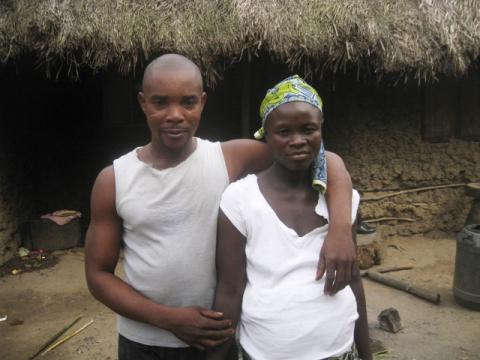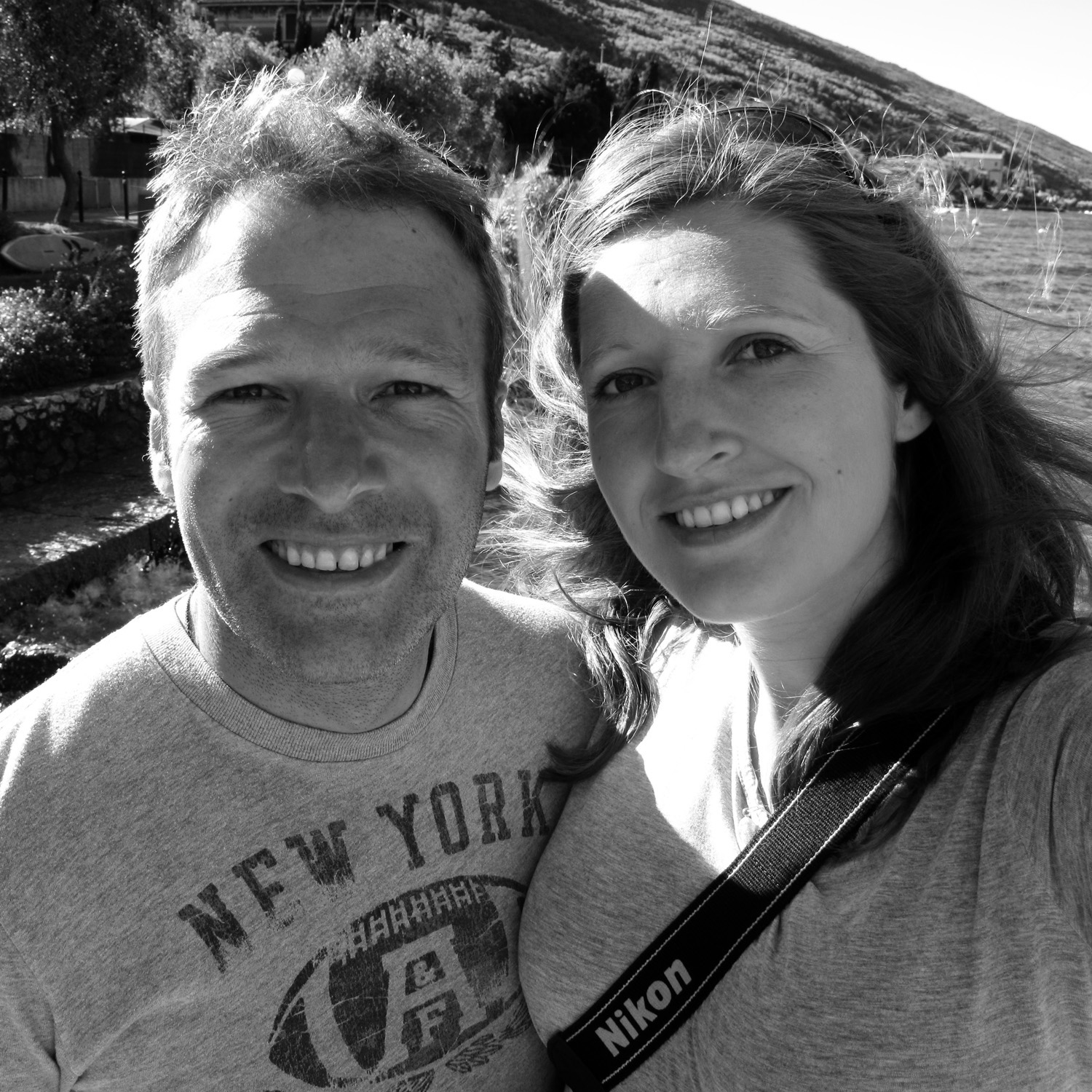Two mums, one blog

Sierra Leone is one of the most dangerous places in the world to be pregnant; one in every 21 women dies as a result of complications or in childbirth. This is Mamie’s reality as she awaits the arrival of her child.
In the UK bringing a new life into the world is usually a joyous occasion: cocooned in the comfort of a hospital, surrounded by family, and eager to take your healthy new baby home. This is expectant mother Ailsa’s reality.
Working with Mamie and Ailsa, as part of our Child Health Now campaign, World Vision UK highlighted the stark contrasts in health care yet the similar hopes and dreams of two mums-to-be living in separate worlds. This blog series was run in December 2010.
--------
Preparing for motherhood has both similarities and stark differences for women living on different continents. Here, we invite you to share the experiences of two soon-to-be mums – one in Africa and the other, the UK. As an introduction, World Vision UK Programme Officer Sarah Telford highlights some of the healthcare issues faced by women and children in Sierra Leone today.
My job takes me to Sierra Leone and Senegal in West Africa about four times a year, during which I am lucky enough to spend time in the communities where we work.
Sometimes with my job it is easier not to think too much about the individuals behind the poverty that I see everywhere. However, on my last trip, there were lots of little things that really bothered me. Some of these memories highlight a few of the many many challenges that Sierra Leone faces in order to improve its healthcare system, and in particular reduce maternal and child mortality rates, which are some of the worst in the world.
In particular, I remember:
… the little girl who had fallen over and badly hurt her shoulder, but had received no medical treatment for two weeks as her parents hoped the traditional healer would “bring out her bones” with a poultice. We ended up taking her, semi-conscious, to a clinic where although she had to share a bed with two other very sick munchkins, she at least had a chance of getting better.
… the 10- and 11-year-old school children who wanted to be doctors or nurses, but whose midterm test consisted of drawing a) a football pitch and b) a school. Their teacher then gave them percentage grades based on how good the drawings were.
… the women who walk for miles, babies tied on their backs, to their “local” Health Post to get their babies measured, weighed and immunised. Women who, if they experience any complications with delivery at home, will have to travel this distance along the bumpy red dirt tracks on foot, or by bicycle if they are lucky, to seek medical care.
… the rural nurse in her dusty, shabby office, who showed me her dwindling medical supplies for pregnant women –supplies which mostly consisted of ageing “anti morning sickness” drugs.
Ailsa and her partner Nick.
However, healthcare is improving in Sierra Leone, not least because of the commitment of the country’s government to provide free healthcare to all pregnant women and children under five. This commitment, along with the support of international donors such as the British government, and aid agencies like World Vision, will hopefully result in fewer preventable deaths, particularly amongst those who are often the most vulnerable – women and children.
You can read the entire blog series here http://blog.worldvision.org.uk/2010/12/07/meet-the-mums/
By Sarah Telford and Amy Waddell
